Your quadriceps are the engine of your lower body. Every time you stand up, climb stairs, sprint, or drive a barbell off your back, your quads are working.
When they’re weak, everything suffers, performance drops, knees ache, and progress stalls. When they’re strong, you feel stable, powerful, and athletic. This guide covers the best quad exercises. For each one, I’ll walk you through the movement, highlight key coaching tips, and hare solutions to common problems. You’ll also see where smart use of gear, like belts or knee sleeves, can keep you safer and more effective.
1. Front Squat
The front squat is a staple in athletic training for a reason. By resting the bar across your shoulders instead of your back, the load shifts forward. That means more quad activation, less stress on the spine, and better posture development.
Athletes rely on this lift to develop explosive leg strength and stability for running and jumping. A Journal of Strength and Conditioning Research study found that front squats load the quads heavily while reducing spinal compression compared to back squats.
How to Do a Front Squat
- Set the barbell at shoulder height in a rack.
- Step under and rest it across the front delts.
- Lift your elbows high, with your fingertips under the bar.
- Brace your core, keep chest upright.
- Lower until thighs are parallel.
- Drive upward through your quads.
Strap on a Body Reapers Weightlifting Belt for heavy sets. It helps you brace your core, stay upright, and move more weight safely.
Related Reads: How to Pick the Right Knee Sleeves for Squats
2. Back Squat
The back squat has earned its reputation as the king of lower-body lifts. It trains your quads, glutes, hamstrings, and core all in one movement. No other exercise builds quad mass and overall strength like this.
How to Do a Back Squat
- Rest the bar across your upper traps.
- Step back with feet shoulder-width apart.
- Inhale and brace your core.
- Lower until your thighs are parallel.
- Push through your heels to stand tall.
Think about standing up from a chair. That’s a squat. The stronger your squat, the stronger your everyday movement.
3. Bulgarian Split Squat
The Bulgarian split squat is brutal but incredibly effective. Training one leg at a time makes you stronger, more balanced, and more resilient. If one leg is lagging behind, this is how you fix it.
How to Perform a Bulgarian Split Squat Correctly
- Stand with one foot on a bench behind you.
- Hold dumbbells at your sides.
- Lower your back knee toward the floor.
- Keep the front heel planted.
- Push up using your front quad.
Slow the lowering phase you'll build more control and growth.
Explore More: Bulgarian Split Squats - The Ultimate Leg Exercise for Stronger Glutes and Quads.
4. Leg Press
The leg press isn’t a squat, but it’s an excellent accessory. It lets you load your quads heavily without worrying about balance. Depending on foot placement, you can hit quads harder or shift tension to hamstrings.
For heavy presses, wear Body Reapers Knee Sleeves. They protect joints, reduce strain, and let you train harder.
How to Do a Leg Press
- Sit with feet shoulder-width on the platform.
- Lower the sled until knees reach 90 degrees.
- Push back up, avoiding a full lockout.
Move your feet lower on the platform to really hammer your quads.
5. Leg Extension
The leg extension isolates the quadriceps and is excellent for finishing your workout.
It’s not a replacement for compound lifts, but it works well for hypertrophy and definition.
How to Do a Leg Extension
- Sit on the machine with knees at 90 degrees.
- Extend legs until straight.
- Squeeze quads, then lower slowly.
A Sports Medicine review shows isolation moves like extensions improve quad growth when added after compounds.
FAQ Section.
Q1: Are front squats safer than back squats?
Back squats reduce spinal compression while still targeting the quads effectively.
Q2: Is it safer to perform front squats than back squats?
Yes. They precisely target the quadriceps while reducing spinal compression.
Q3: How often should I train quads?
For the majority of lifters, twice a week is the sweet spot, enough to grow without being overtrained.
Q4: Do quad exercises help knee pain?
Yes, targeted quad strengthening is one of the most effective ways to combat knee pain, but you must choose the right exercises and progress wisely.
The best quad training isn’t about choosing one “magic” exercise. It’s about combining compound lifts for strength, isolation moves for growth, and functional exercises for stability. Together, they give you size, power, and resilient knees.
Research continues to show that stronger quads mean better performance on the field, under the bar, and in daily life.
Ready to take your training up a notch? Equip yourself with Body Reapers training gear and make every rep safer, stronger, and more effective.
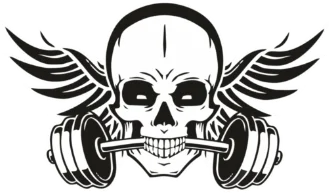
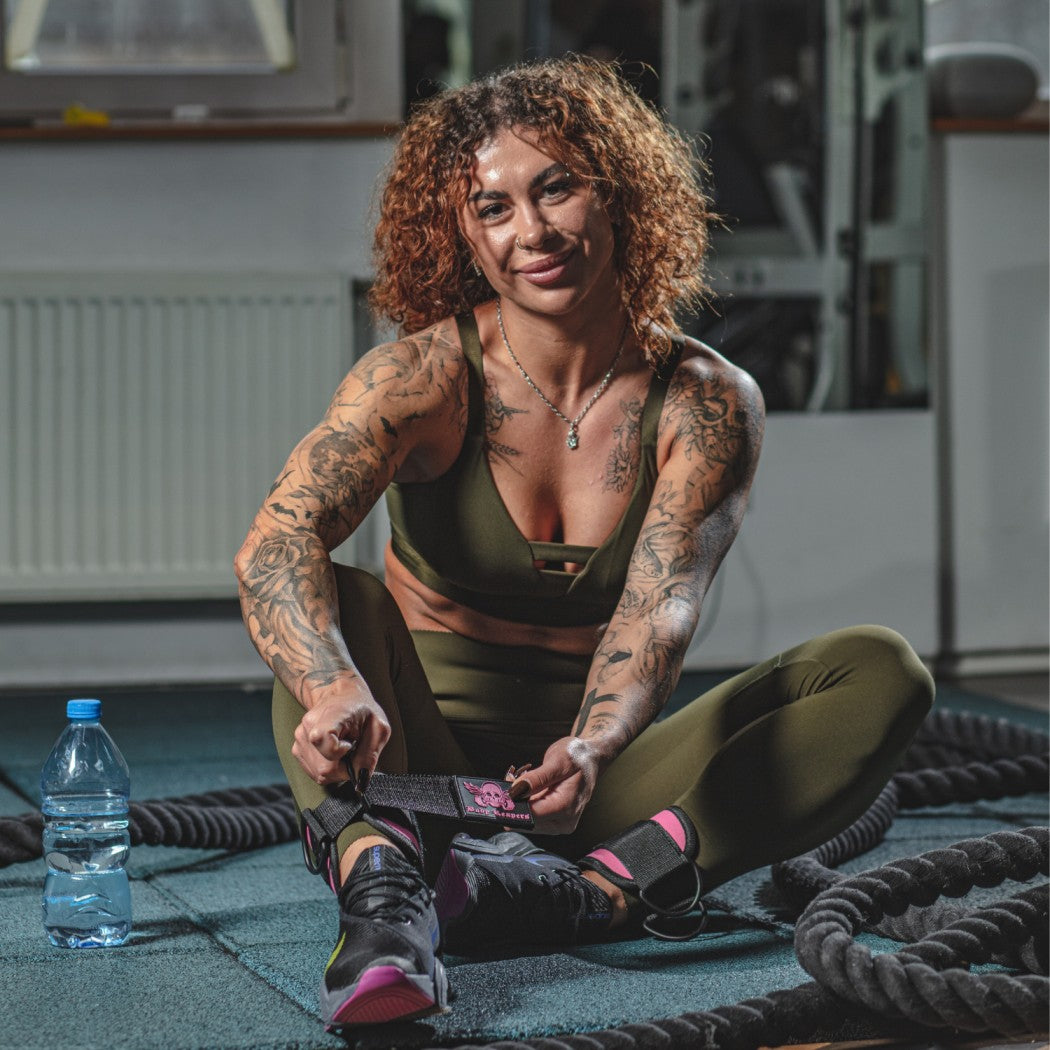
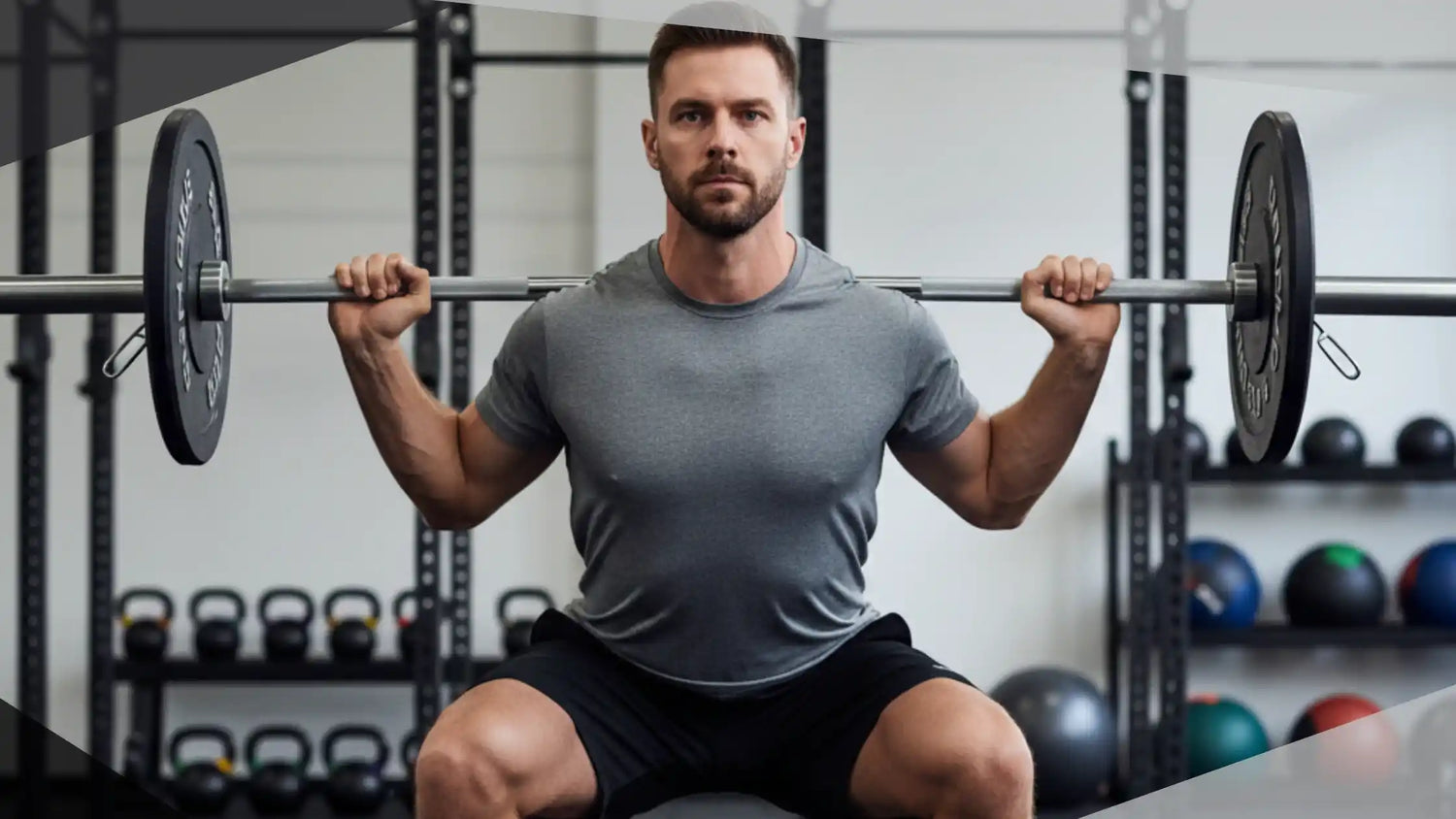
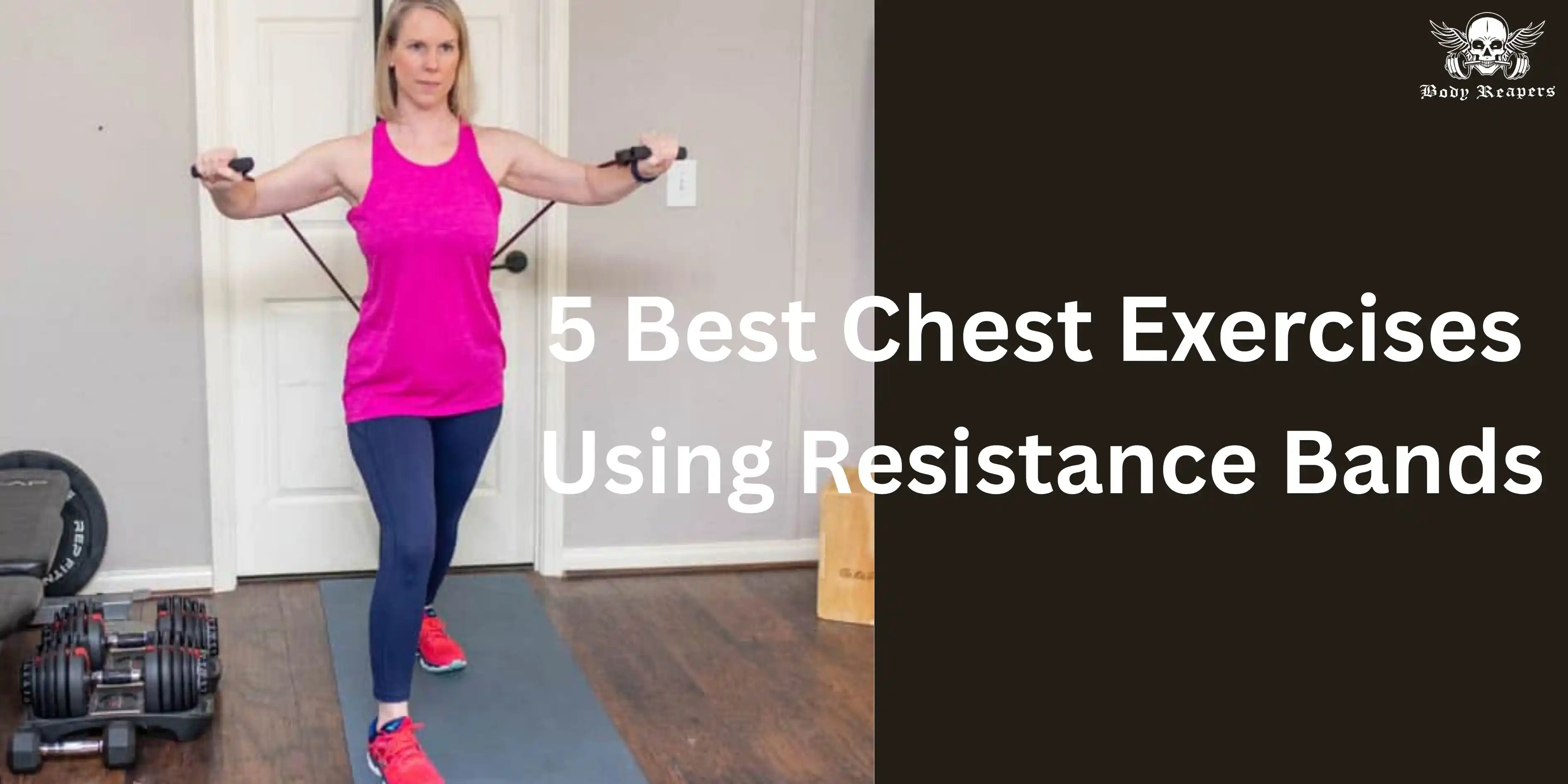
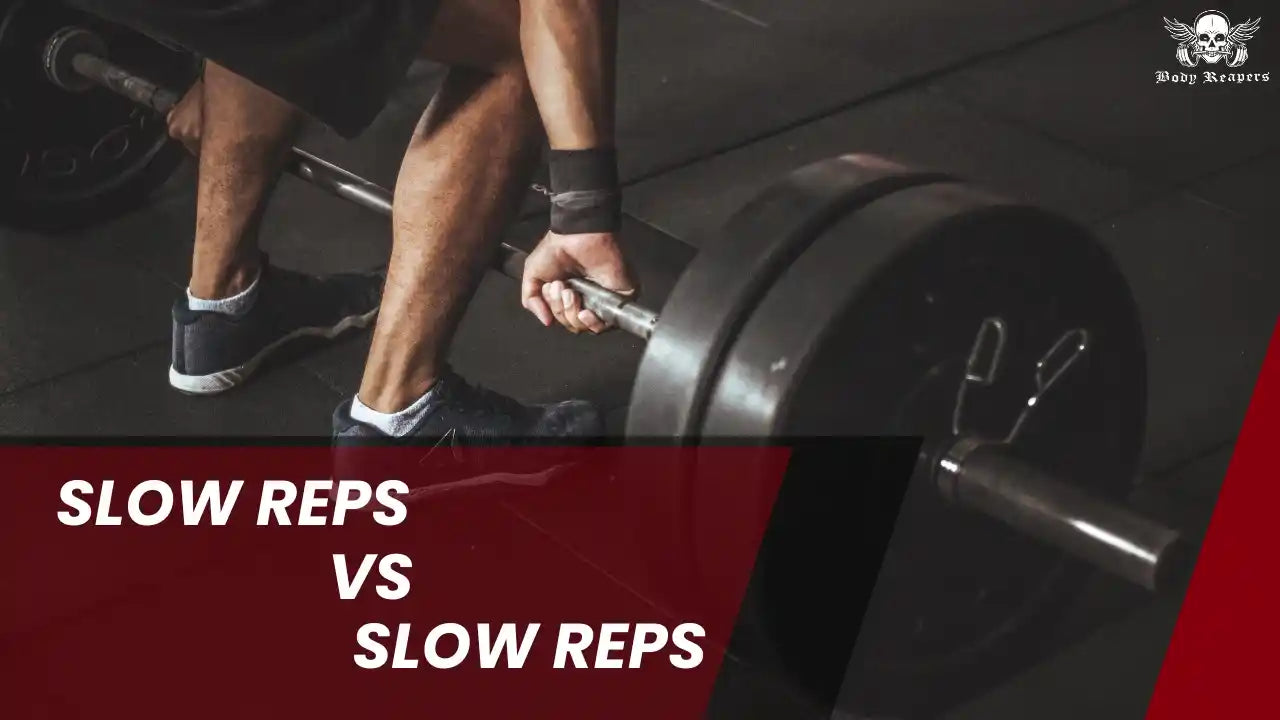
Leave a comment
This site is protected by hCaptcha and the hCaptcha Privacy Policy and Terms of Service apply.